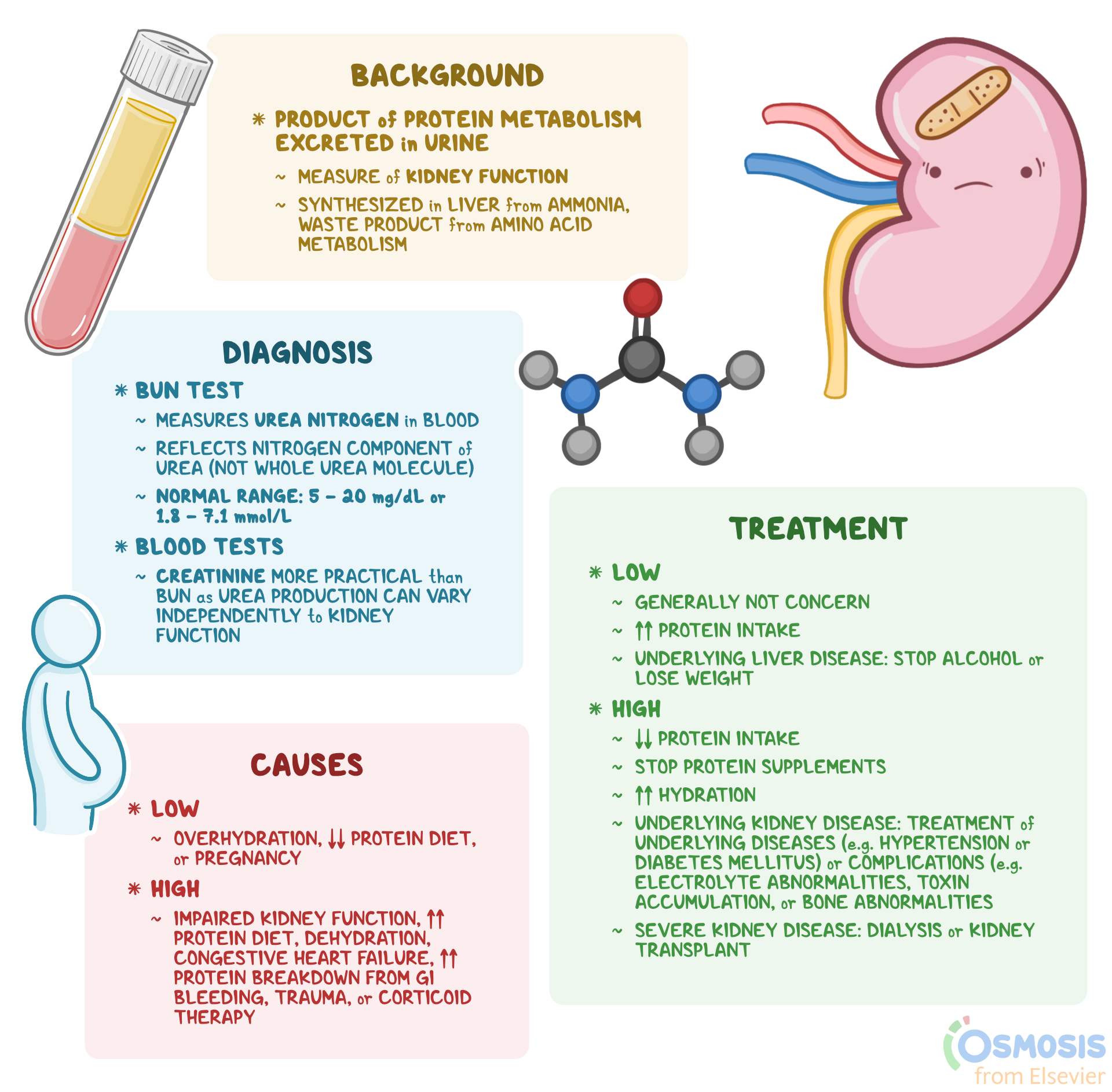Preeclampsia, a condition characterized by the onset of high blood pressure during pregnancy, can be a silent threat to both mother and baby. It is a leading cause of maternal and fetal morbidity and mortality worldwide, affecting approximately 2-8% of pregnancies. Despite its severity, preeclampsia often progresses without noticeable symptoms, making early detection and recognition of its signs crucial for timely medical intervention. Understanding the signs and symptoms of preeclampsia is key to managing the condition effectively and ensuring the best possible outcomes for both the mother and the baby.
Historical Evolution of Preeclampsia Understanding
The historical evolution of preeclampsia understanding reflects a transition from mere observation to a sophisticated comprehension of its pathophysiology. In the early 20th century, preeclampsia was recognized primarily by its clinical manifestations, such as hypertension and proteinuria. However, as medical science advanced, so did the understanding of the condition’s complexities, including its impact on placental development, endothelial function, and the role of various biomarkers. Today, the diagnosis and management of preeclampsia involve a multidisciplinary approach, incorporating clinical assessment, laboratory tests, and imaging studies.
Problem-Solution Framework: Identifying Preeclampsia
Identifying preeclampsia early in its course is critical for preventing its complications. The condition can be divided into two categories based on its severity: mild and severe. Mild preeclampsia may present with minimal symptoms, whereas severe preeclampsia is characterized by significant hypertension and evidence of organ dysfunction, such as the liver, kidneys, or brain.
- Mild Preeclampsia: Characterized by a systolic blood pressure of 140 mmHg or higher, or a diastolic blood pressure of 90 mmHg or higher, on two occasions at least 4 hours apart, in a previously normotensive woman, after 20 weeks of gestation, combined with proteinuria (excess proteins in the urine).
- Severe Preeclampsia: Defined by a systolic blood pressure of 160 mmHg or higher, or a diastolic blood pressure of 110 mmHg or higher, with evidence of organ dysfunction. This can include elevated liver enzymes, thrombocytopenia (low platelet count), renal insufficiency, pulmonary edema, or visual disturbances.
Comparative Analysis of Risk Factors
Several risk factors have been associated with the development of preeclampsia. A comparative analysis of these risk factors can help in understanding the predisposition of certain individuals to this condition.
- Primiparity (First Pregnancy): Women in their first pregnancy are at a higher risk.
- Family History: A history of preeclampsia in the family increases the risk.
- Pre-existing Hypertension: Women with pre-existing hypertension are more likely to develop preeclampsia.
- Age Over 35: Advanced maternal age is a risk factor.
- Multiple Gestations: Carrying twins or other multiples increases the risk.
- Pre-pregnancy Obesity: Obesity before becoming pregnant is associated with a higher risk of developing preeclampsia.
Expert Insight: Management and Prevention
管理Preeclampsia requires a comprehensive approach that includes regular prenatal care, early detection of signs and symptoms, and timely intervention. Experts recommend the following strategies for managing and preventing the progression of preeclampsia:
Preeclampsia management involves close monitoring of blood pressure and urine protein levels. In cases where the condition progresses to severe preeclampsia, hospitalization may be necessary to closely monitor both the mother and the baby. The decision to deliver the baby depends on the gestational age and the severity of the condition. Before 34 weeks of gestation, the benefits of expectant management (close monitoring while awaiting fetal maturity) versus immediate delivery must be carefully weighed.
Natural Storytelling Elements: Real-Life Scenarios
Understanding preeclampsia through real-life scenarios can help in recognizing its signs and symptoms more effectively. For instance, consider a 32-year-old first-time mother who notices sudden swelling in her feet and hands, accompanied by vision changes. Upon visiting her healthcare provider, she is found to have high blood pressure and protein in her urine, leading to a diagnosis of preeclampsia. This scenario highlights the importance of being aware of the symptoms and seeking medical attention promptly.
Technical Breakdown: Pathophysiology
Preeclampsia is characterized by abnormal placentation, leading to the release of factors into the maternal circulation that cause endothelial dysfunction. This results in the clinical manifestations of hypertension and proteinuria. Understanding the pathophysiology of preeclampsia is crucial for developing effective management strategies.
- Abnormal Placentation: The placenta does not develop properly, leading to inadequate maternal-fetal exchange.
- Endothelial Dysfunction: The lining of blood vessels becomes dysfunctional, causing hypertension and protein leakage into the urine.
- Cytokine Imbalance: An imbalance in cytokines, which are signaling molecules, contributes to the inflammatory response and endothelial dysfunction.
Scenario-Based Examples: Decision Framework
Decision-making in the management of preeclampsia involves weighing the risks and benefits of different approaches. For example, in a scenario where a woman at 28 weeks of gestation is diagnosed with severe preeclampsia, the decision to delivery must consider the trade-offs between the risks of preterm birth and the risks of allowing the condition to progress.
Step 1: Assess the Severity
Evaluate the severity of preeclampsia based on blood pressure readings and evidence of organ dysfunction.
Step 2: Consider Gestational Age
Assess the gestational age and the potential benefits and risks of immediate delivery versus expectant management.
Step 3: Monitor Closely
Implement close monitoring of both the mother and the fetus, including frequent blood pressure checks and fetal assessment.
FAQ Section
What are the early signs of preeclampsia?
+Early signs of preeclampsia can include sudden swelling of the hands and feet, vision changes, and severe headaches. However, many women with preeclampsia do not exhibit noticeable symptoms until the condition has progressed.
Can preeclampsia be prevented?
+While there is no guaranteed way to prevent preeclampsia, maintaining a healthy lifestyle, including a balanced diet and regular exercise, and attending prenatal appointments as scheduled can help in early detection and management of the condition.
What is the treatment for preeclampsia?
+The treatment for preeclampsia depends on its severity and the gestational age. It can range from close monitoring to immediate delivery, with the goal of ensuring the best possible outcomes for both the mother and the baby.
Conclusion
Preeclampsia is a complex condition that requires vigilant monitoring and timely intervention. By understanding its signs, symptoms, and risk factors, individuals can better navigate the challenges associated with this condition. The management of preeclampsia involves a personalized approach, considering the severity of the condition, gestational age, and the health of both the mother and the baby. Through education, awareness, and a proactive approach to prenatal care, the risks associated with preeclampsia can be mitigated, leading to healthier pregnancies and better outcomes for all involved.



